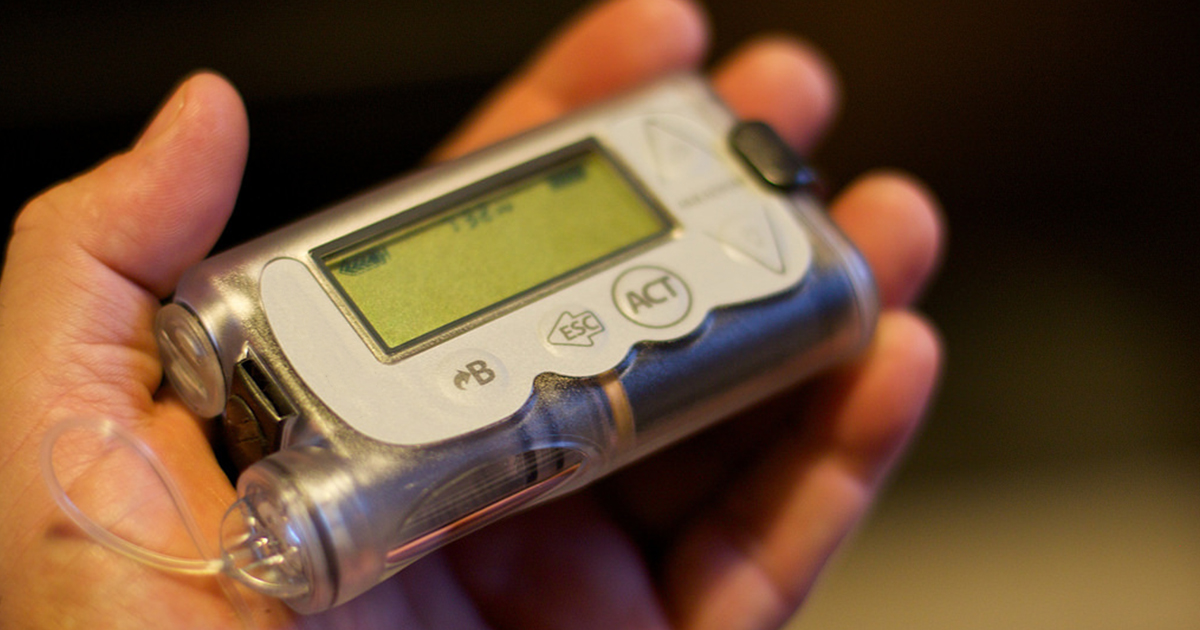The discovery of a new insulin compound could improve the delivery of insulin for people with insulin-dependent diabetes, according to researchers.
A non-fibrillating form of human insulin, called glycoinsulin, has been developed by the research team at the University of Melbourne, Florey Institute of Neuroscience and Mental Health. The team say glycoinsulin could prevent the formation of fibrils (clumps of insulin) and improve the delivery of insulin for people who rely on pump infusions.
Although an arguably more convenient form of insulin delivery than a pen or injection, insulin pumps can still experience problems. A common issue faced by those outfitted with a pump is blockages in the insulin delivery line. The fibrils that the researchers set out to prevent are one of the causes of insulin pump blockages. This blocks the normal delivery of insulin and can lead to under-dosing, impacting health, something the new insulin compound will aim to avoid.
Associate Professor Akhter Hossain said: “Not only did our research demonstrate that glycoinsulin does not form fibrils, even at high temperature and concentration, but also that it is more stable in human serum than native insulin.
“Together these findings could position glycoinsulin as an excellent candidate for use in insulin pumps and a way to improve the shelf life of insulin products.
“We now hope to streamline the manufacturing process for glycoinsulin so this compound can be further investigated in larger clinical studies.”
This newly developed type of insulin could not only hugely improve the lives of people who rely on their insulin pump infusion sets, but could also reduce the costs and medical waste significantly.
At the moment infusion sets should be replaced every 24 hours to 72 hours to prevent fibrils from developing. In America alone, more than $1 billion could be saved per year if the usage period for insulin is increased from two days to six.
Professor John Wade, from the Florey Institute of Neuroscience and Mental Health, added: “Typically, the chemical modification of insulin causes structural destabilisation and inactivation, but we were able to successfully synthesise glycoinsulin in a way that retains its insulin-like helical structure. The result is an almost fully active insulin analogue which has demonstrated near-native binding to insulin receptors in both lab and animal studies.”
Diabetes Australia CEO, Professor Greg Johnson, said: “It is nearly 100 years since the discovery of insulin and it’s very exciting that we see new discoveries for insulin, and insulin-like molecules, that have the potential to ease the day to day burden and cost for people with diabetes.”
The findings have been published in the Journal of the American Chemical Society.






